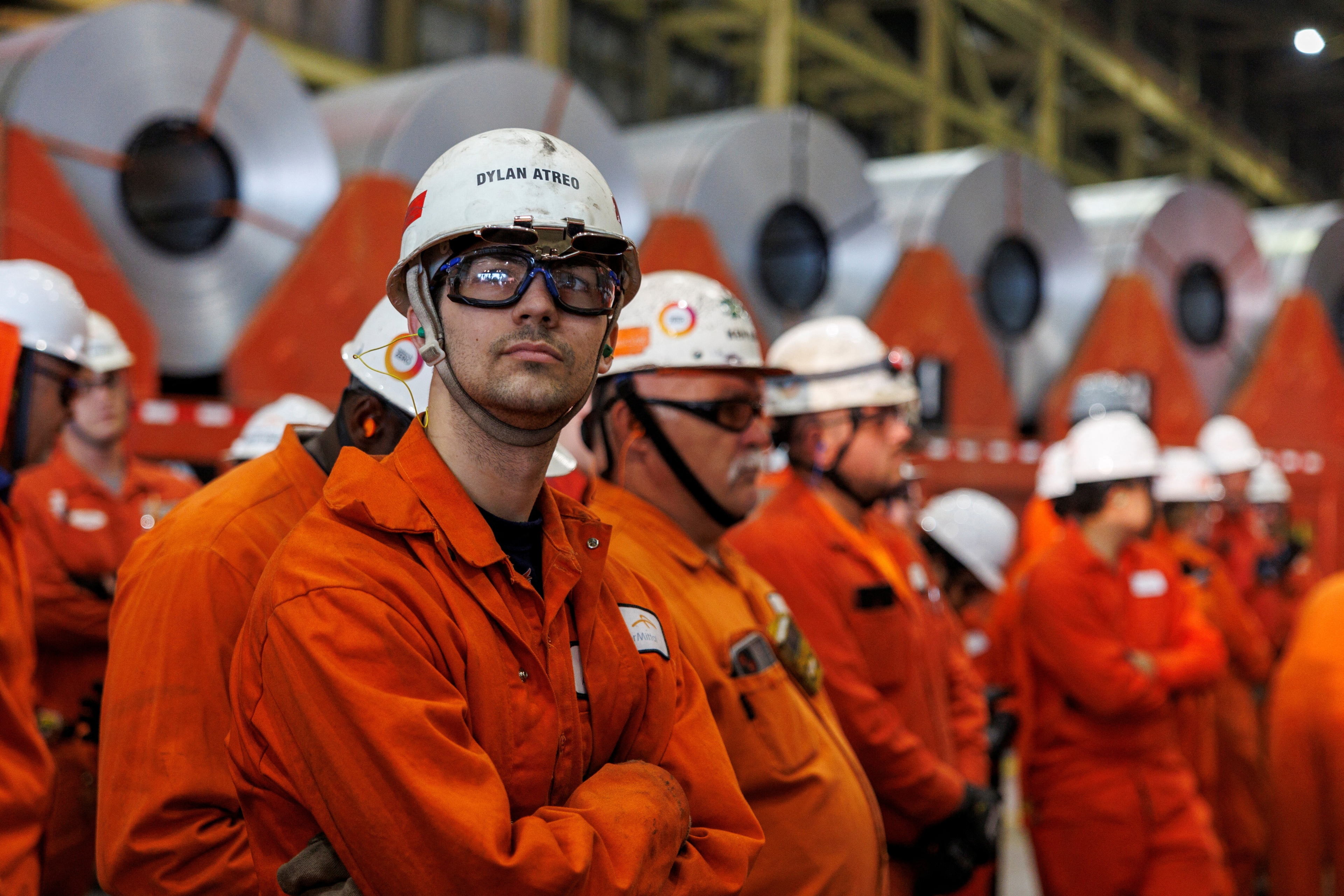The long-term benefits of investing in our children’s future
Stay up to date:
Future of Work
This article is published in collaboration with Techonomy.
We know how to change a life. So much debate and discussion around education focuses on innovation and technology, but decades of research reveals simple interventions that can change a child’s life. It isn’t that we don’t know what works; our problem is that we don’t understand how to implement and share these findings.
In 1986, 129 families of at-risk toddlers in Kingston, Jamaica received weekly interventions by community health workers. Workers guided parents in 1-hour play-sessions designed to promote the children’s cognitive and socioemotional development. The program only lasted two years, but twenty years later those toddlers, by then adults, earned 25% more than their peers who had not received such interventions. Supporting research has even found improved health outcomes years later in kids who benefitted from similar programs.
The research literature is filled with examples of profoundly impactful interventions, ranging from stress reduction to reading promotion to mindset and grit, or tenacity, development. We refer to these collectively as meta-learning, and it can significantly affect life-outcomes such as metacognition, general cognitive ability, socioemotional competency, creativity, and curiosity. The Jamaica study and similar research demonstrates the significant benefits of shifting away from teaching a particular body of knowledge to focusing on meta-learning.
The current strategy of the EdTech industry is to attempt to invent itself out of our current challenges. But we have seen decades of unfulfilled promise. What would the impact be if we simply scaled proven meta-learning interventions throughout the US education system? What would it add to our economy?
At Socos, we modeled the hypothetical impact of meta-learning interventions had they started 25 years ago, taking into account factors such as socioeconomic demographics and regional differences. In the model, we assumed a fixed annual cost based on the under-12 population of the US. We quickly begin to see savings on the cost of education and healthcare, and we continue to reap these gains, regardless of market fluctuation. We found that these changes would results in $1.3-1.8 trillion added to the US economy each year.
While our analysis was thorough, the complexity of demographic change and compounding interest could have led it astray. However, both the New America Foundation and McKinsey have also modeled the impact of improved education (particularly in terms of educational equality) and their results, $1 trillion and $2-4 trillion, respectively, strongly support our much deeper analysis. If we built our education systems on these research-driven lessons, we’d change not only these children’s lives, but also our entire economy.
The solution is simple: we have to be willing to invest in our children for a long-term benefit. If every investment we made into a child’s education were to accrue interest similar to a monetary bond, we would find the payouts reaching far beyond any available interest rate. Instead of a one-time payout, however, these investments would be felt within our economy every year.
For each child that receives these intervention programs, we would see an increase in economic gains, a decrease in health care costs, and a decrease in incarceration rates. If we can achieve a 25% increase in earnings after just 2 years of intervention one hour a week, as described in the Jamaica study, imagine the impact that could be measured by daily inventions, geared towards a child’s unique needs, over 5 years, or even 10. We have both the research and the technology to move the needle in any child’s life. Meta-learning programs can transform educational models and organizations, producing happier, healthier, more productive lives and societies.
Publication does not imply endorsement of views by the World Economic Forum.
To keep up with the Agenda subscribe to our weekly newsletter.
Author: Vivienne Ming is a theoretical neuroscientist, technologist and entrepreneur.
Image: Children read books at Montevideo’s Independencia square while participating in the activity “Al Aire Libro” that encourages reading in public spaces. REUTERS/Andres Stapff.
Don't miss any update on this topic
Create a free account and access your personalized content collection with our latest publications and analyses.
License and Republishing
World Economic Forum articles may be republished in accordance with the Creative Commons Attribution-NonCommercial-NoDerivatives 4.0 International Public License, and in accordance with our Terms of Use.
The views expressed in this article are those of the author alone and not the World Economic Forum.
Related topics:
Forum Stories newsletter
Bringing you weekly curated insights and analysis on the global issues that matter.
More on Economic GrowthSee all
Naoko Tochibayashi
July 30, 2025
Matt Watters
July 29, 2025
David Elliott
July 28, 2025
Michael Wang
July 28, 2025
Ivan Shkvarun
July 25, 2025
John Letzing
July 24, 2025





